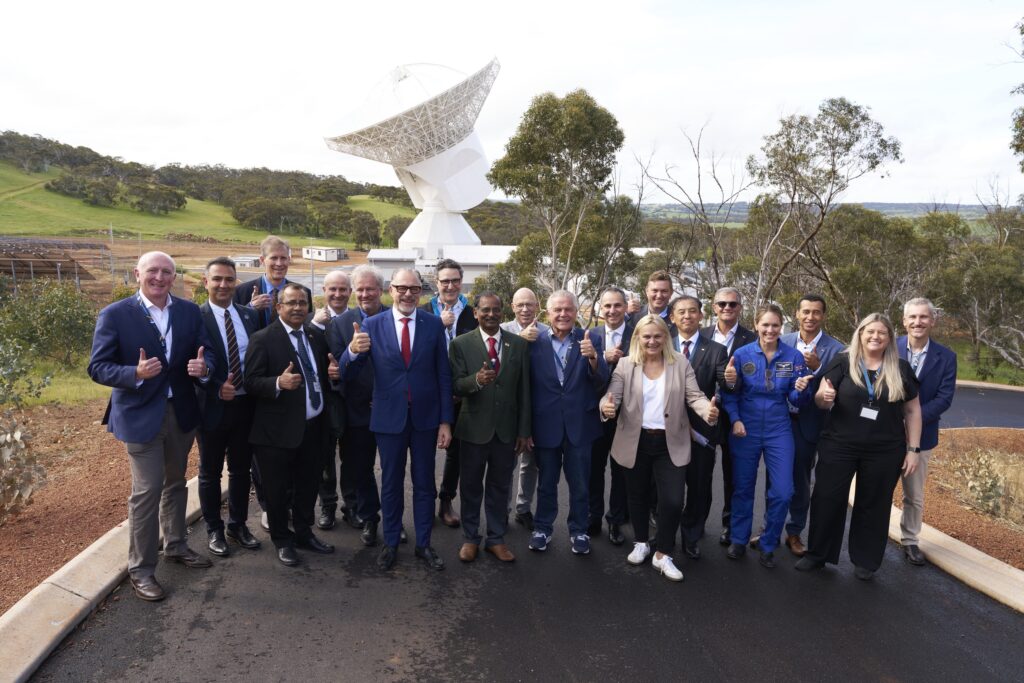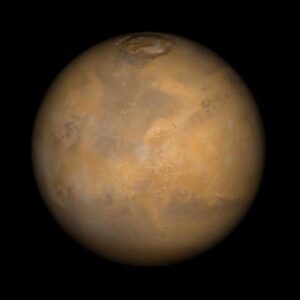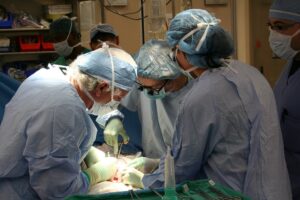
SYDNEY — The European Space Agency (ESA) has inaugurated a cutting-edge deep space antenna in Australia, marking a significant step in enhancing the collaboration between Europe and Australia in the realm of space exploration.
At a ceremony held on October 4 in New Norcia, Western Australia, ESA celebrated the completion of a new 35-meter antenna designed to facilitate communication with spacecraft traversing the solar system. This new addition, known as New Norcia 3, is the second antenna at the New Norcia site and the fourth within ESA’s global Estrack network.
Josef Aschbacher, ESA’s director general, emphasized the strategic importance of this investment, stating, “
This strategic investment reinforces ESA’s deep space communication capabilities and maximizes the return of our missions’ most valuable asset: data delivered from spacecraft voyaging far from Earth.
”
Advanced Technology and Global Network Expansion
The New Norcia 3 antenna is set to commence operations in March of the following year, featuring state-of-the-art upgrades such as cryocooling of the receiver to minimize noise and boost sensitivity. Mehran Sarkarati, head of ESA’s ground station engineering division, described it as, “
The most modern, most advanced antenna ESA has.
”
This development comes amid increasing demand for space communications, driven by more data-intensive payloads and instruments. The New Norcia 3 joins similar facilities in Argentina and Spain, forming a robust network to support ESA’s expanding mission portfolio. Sarkarati noted, “
Even with this, we are going to be short on capacity.
” ESA is thus considering the construction of a fifth deep space antenna in South America.
Economic and Strategic Implications
The financial investment in New Norcia 3 amounted to 62.3 million euros ($73.2 million), with the Australian government contributing 4 million Australian dollars ($2.6 million). Enrico Palermo, head of the Australian Space Agency, highlighted the economic benefits, projecting an annual economic impact of $4.5 million over the antenna’s 50-year lifespan. “
That’s quite a significant economic return, locally, on the $4 million investment,
” he remarked.
The site is managed by Australia’s national science agency, CSIRO, which also oversees NASA’s Deep Space Network complex near Canberra. Palermo commented, “
It deepens Australia’s reputation in deep space communications. We want to remain a trusted partner in the world’s exploration missions, and we see that continuing through New Norcia 3.
”
Strengthening International Partnerships
The inauguration of New Norcia 3 is part of a broader trend of strengthening ties between Europe and Australia in space exploration. During the International Astronautical Congress on September 29, the Australian government announced its intention to pursue a formal cooperative agreement with ESA. This agreement could elevate Australia’s status within ESA to a level similar to that of Canada, enabling greater participation in ESA programs by Australian entities.
Josef Aschbacher expressed optimism about the future collaboration, stating, “
New and exciting opportunities between the European and Australian space sectors are opening up with Australia announcing this week a mandate to begin negotiations on a cooperative agreement with ESA.
”
As the New Norcia 3 antenna becomes operational, it is poised to play a crucial role in future space missions, bolstering both scientific discovery and international cooperation in the exploration of our solar system.






